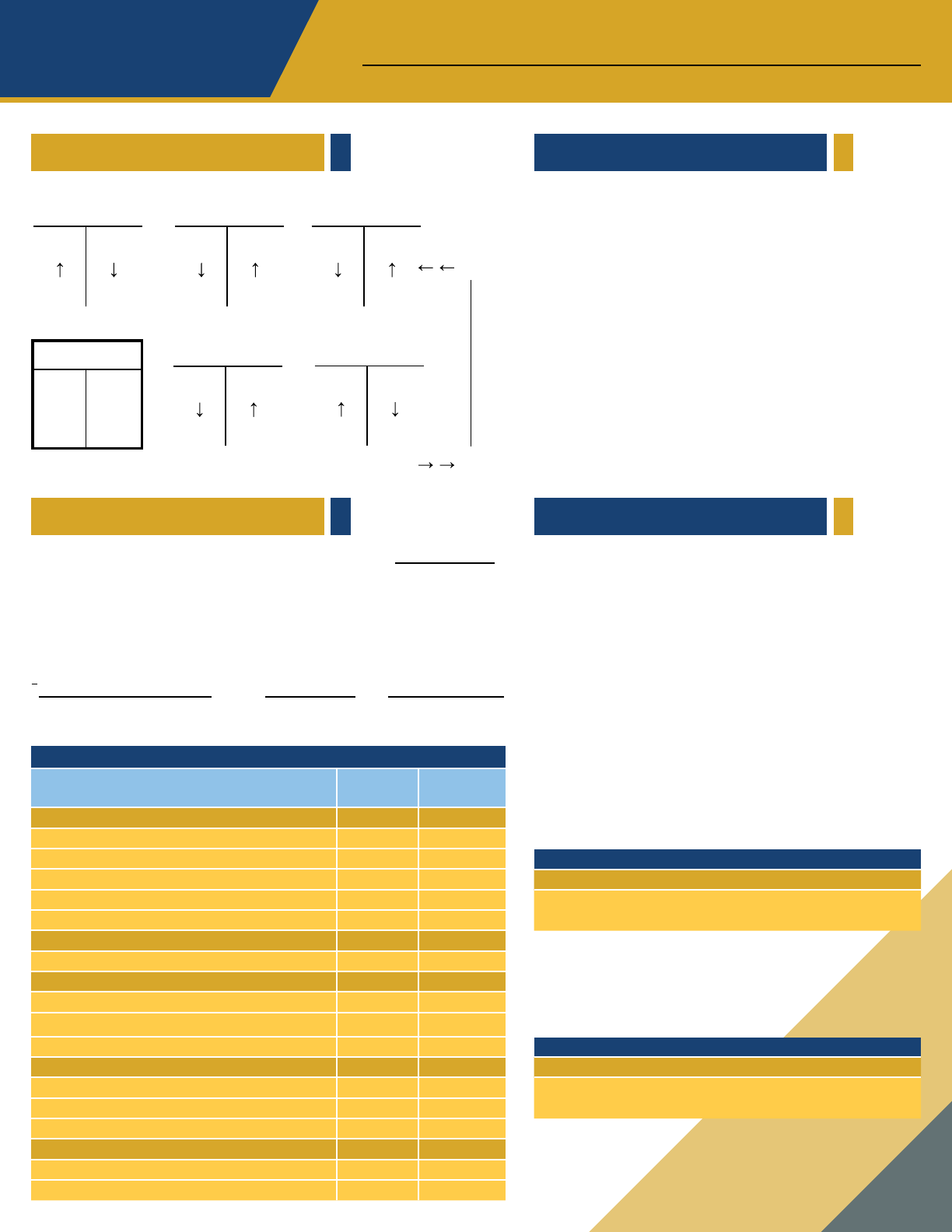
Accounting Cheat Sheet
by John Gillingham, CPA All Rights Reserved
AccounngPlay.com
Apps | Downloads | Books
Cost of Goods Sold (COGS)
Beginning inventory
Cost of Goods Sold (COGS)
+ Purchases
Ending inventory
DIAGRAM OF T-ACCOUNTS METHODS & ORGS
INVENTORYACCOUNTING EQUATION
Assets
=
= +
+
-
-
Liabilit esi
Balance Sheet as of 12/31/2100
Income Statement, year ended 12/31/2100
= Net income increases RE
Revenue
T-Account
Debit Credit
Expense
Equity
Equaon
Assets = Liabilies + Equity
Equity = Assets - Liabilies
- COGS
Journal Entry debit credit
Cash 100
Common stock 100
Receive cash for common stock
Gross Prot Revenue x
Revenue (1 - Gross prot
rate)
Gross Prot COGS
Accrual basis Follows the matching principle and recognizes
transacons as they occur (GAAP Method)
Cash basis Recognizes transacons when cash or equivalents
have been exchanged (Not GAAP)
US-GAAP Generally Accepted Accounng Principles system
established by FASB that governs nancial reporng
IFRS Internaonal Financial Reporng Standards Financial
reporng standard adopted widely outside of US
(No LIFO permied, dierent FMV valuaon permied)
Valuaon at lower of cost or market
Higher ending inventory = Lower Cost of Goods Sold
Lower Cost of Goods Sold = Higher Net Income
FIFO First In First Out
Early purchases come out of inventory rst
LIFO Last In First Out
Early purchases tend to stay in inventory
Average cost Total cost / Quanty = Cost per unit
Net Income Comparison
Price FIFO LIFO Average
Rising Higher Lower Middle
Falling Lower Higher Middle
Cost of Goods Sold Comparison
Price FIFO LIFO Average
Rising Lower Higher Middle
Falling Higher Lower Middle
Rule: In a period of increasing inventory costs, FIFO
method results in higher net income compared to LIFO
Perpetual inventory tracked in real me
Periodic inventory tracked by counng at end of period
Prot or loss recorded
to Retained Earnings
DEBITS & CREDITS
Increases & Decreases
Bolded: Natural balance
Increase Decrease
Balance Sheet
Asset debit credit
Contra asset credit debit
Contra assets: Accumulated depreciaon,
Allowance for doubul accounts
Liability credit debit
Equity credit debit
Contra equity debit credit
Contra equity: Treasury stock
Income Statement
Revenue credit debit
Most transacons: Typically credits
Expense debit credit
Most transacons: Typically debits
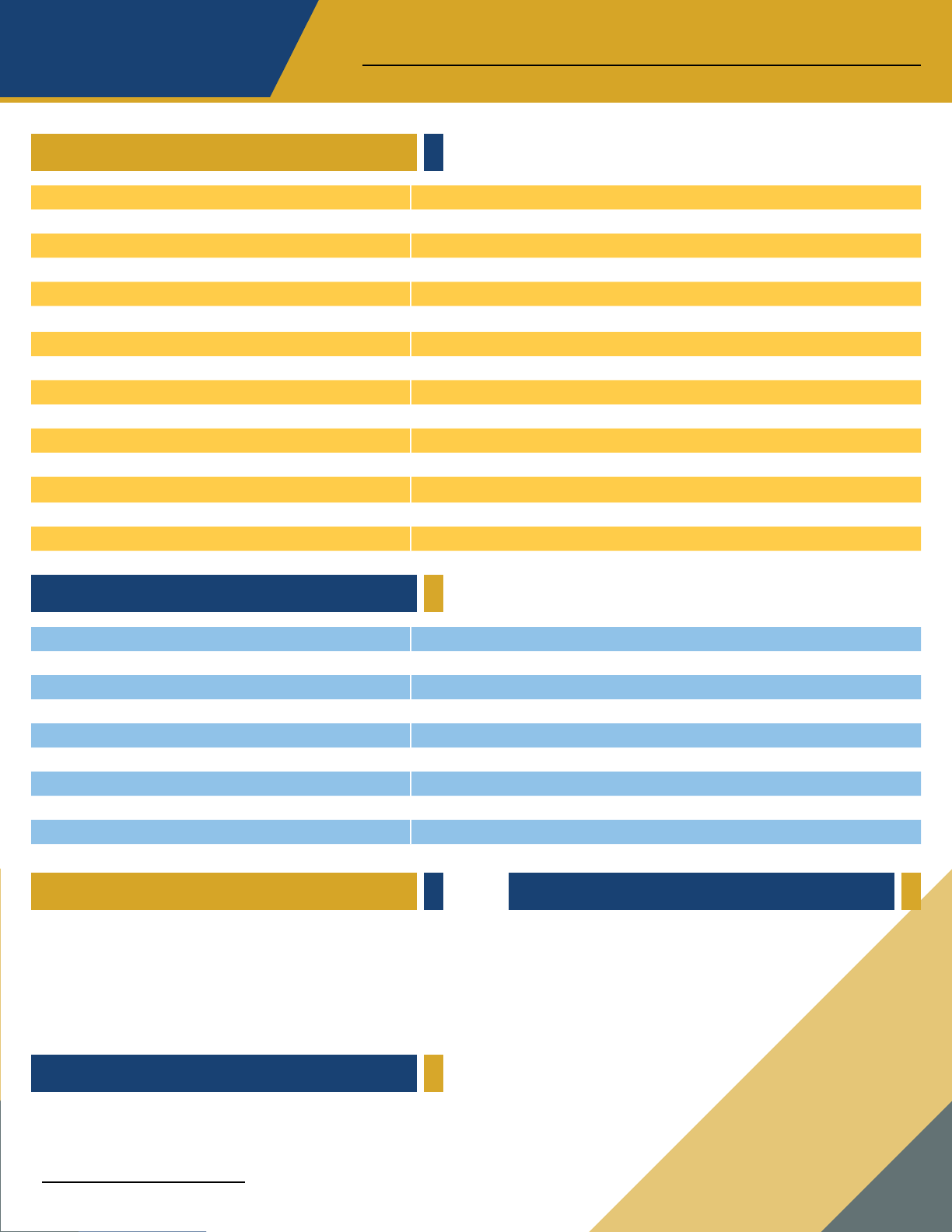
Accounting Cheat Sheet
by John Gillingham, CPA All Rights Reserved
AccounngPlay.com
Apps | Downloads | Books
PRINCIPLES, GUIDELINES, ASSUMPTIONS
BANK RECONCILIATION
INTEREST FORMULAS
Monthly interest P X (r / 12)
Compound interest A = P(1 + (r/n))^nt
A = Amount, P = Principal, r = Rate
n = compoundings per period, t = number of periods
Sole Proprietorship One owner, no liability protecon
Partnership Two or more owners, no liability protecon
Limited Partnership Two or more owners, liability protecon
LLC Limited Liability Company Liability protecon, exible
Corporaon Liability protecon, double taxaon issues
Cost basis Original cost of investment minus prior accumulated depreciaon
Disposion Sale, scrapping, or removal of an item, typically an asset
Gross | Net Gross = total number | Net = gross number minus expenses
Goodwill Purchase price less tangible value of physical assets purchased
Net asset value Cost basis minus accumulated depreciaon (prior total depreciaon)
NSF Non-sucient funds, typically a returned check
Principal The amount, typically of a loan
Unrealized gain | loss Investment that has increased | decreased in value, but not yet sold
Unrealized calculaon Basis minus fair market value (FMV)
BUSINESS TYPES
TEST VOCABULARY
Comparability Financial statements must be comparable period to period
Conservasm Considers all risks | strict rules
Consistency Same accounng methods year to year
Constraints Informaon has a cost/benet and is material
Cost principle Keep costs at purchase price or lower (lower of cost or market)
Economic enty Maintain separate records for each enty
Full disclosure Provides detailed informaon in addion to nancial statements
Going concern Assume business is going to and has capability to connue
Matching Recognize cost the same me as benet
Materiality Signicance to the overall nancial picture
Monetary unit Currency is used to record transacons and is assumed to be constant
Relevance Financial reporng has predicve, feedback, and meliness value
Reliability Financial reporng is neutral, valid, and veriable
Revenue recognion Condions of how an organizaon records revenue
Time period Report nancial acvity in specic me periods
+ Deposits in transit
- Outstanding checks
+/- Errors, fees, returned items
Balance per books
Balance per bank
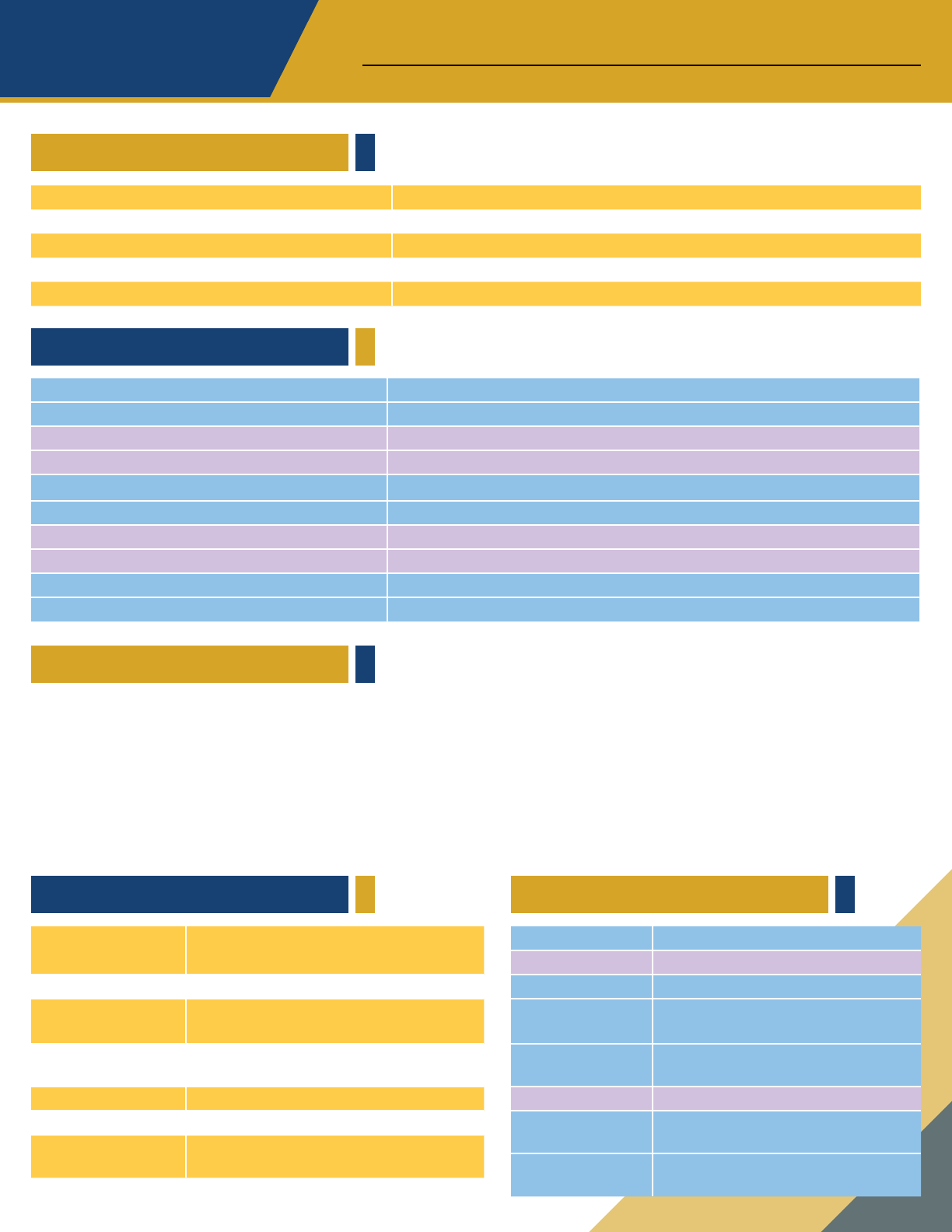
Accounting Cheat Sheet
by John Gillingham, CPA All Rights Reserved
AccounngPlay.com
Apps | Downloads | Books
TECHNICAL INVENTORY AND COSTING
BONDS
Depreciaon methods
ASSET SALES
Depreciaon terms
FOB shipping point Buyer’s books at year end, tle passes when goods delivered
FOB desnaon Seller’s books at year end, tle passes when goods received
Raw materials Direct costs of materials manufactured such as steel
Overhead costs Costs typically thought of as expenses that are added to cost of goods
Work in process (WIP) Goods in the process of being manufactured (assets)
Sale of inventory Increase AR, Increase sales, Decrease inventory, Increase cost of goods sold
Debits and credits Debit AR, Credit sales, Credit inventory, Debit cost of goods sold
Sell appreciated stock Increase cash, Increase realized gain, Decrease stock
Debits and credits Debit cash, Credit realized gain, Credit stock
Sell stock for a loss Increase cash, Increase realized loss, Decrease stock
Debits and credits Debit cash, Debit realized loss, Credit stock
Sell depreciated asset, gain Increase cash, Decrease asset, Decrease accumulated depreciaon, Increase gain
Debits and credits Debit cash, Credit asset, Debit accumulated depreciaon, Credit gain on sale
Sell depreciated asset, loss Increase cash, Decrease asset, Decrease accumulated depreciaon, Increase loss
Debits and credits Debit cash, Credit asset, Debit accumulated depreciaon, Debit loss on sale
Bonds Financial instrument (agreement) issued by a company to borrow money from investors at a specied term (me) and rate
Issuer Company that is raising the money
Face value Amount that is repaid at the end of term
Stated coupon rate Interest that bond pays investor
Eecve interest Rate of interest investor receives if the bond is purchased at a discount or premium
Premium Amount company is paid in excess of face value, oen paid when coupon rate is greater than market rate
Premium = Price paid for bond - face value
Discount Amount below the face value paid for a bond oen occurs when coupon rate is less than market rate
Discount = Face value - price paid for bond
Cost Price paid for asset (may include costs to
install)
Book value Cost - Accumulated depreciaon
Salvage value Esmated scrap value at the end of asset
life
Accelerated methods Methods resulng in greater depreciaon
during earlier years
MACRS / ACRS / DDB Accelerated depreciaon methods
Depreciaon Expense taken on a physical asset over me
Amorzaon Expense taken on an intangible asset over
me
Straight line Rate = (Cost - Salvage value / Useful life)
Declining Book value x Depreciaon rate
(Accelerated method)
Rate = Straight line rate x Applicable %
Applicable % = 150% for 150 DB and
200% for double declining
Sum-of-years’-digits (Cost - Salvage value) X Applicable
fracon
(Accelerated method)
Applicable fracon = Years of esmated
life remaining / Sum of years digits
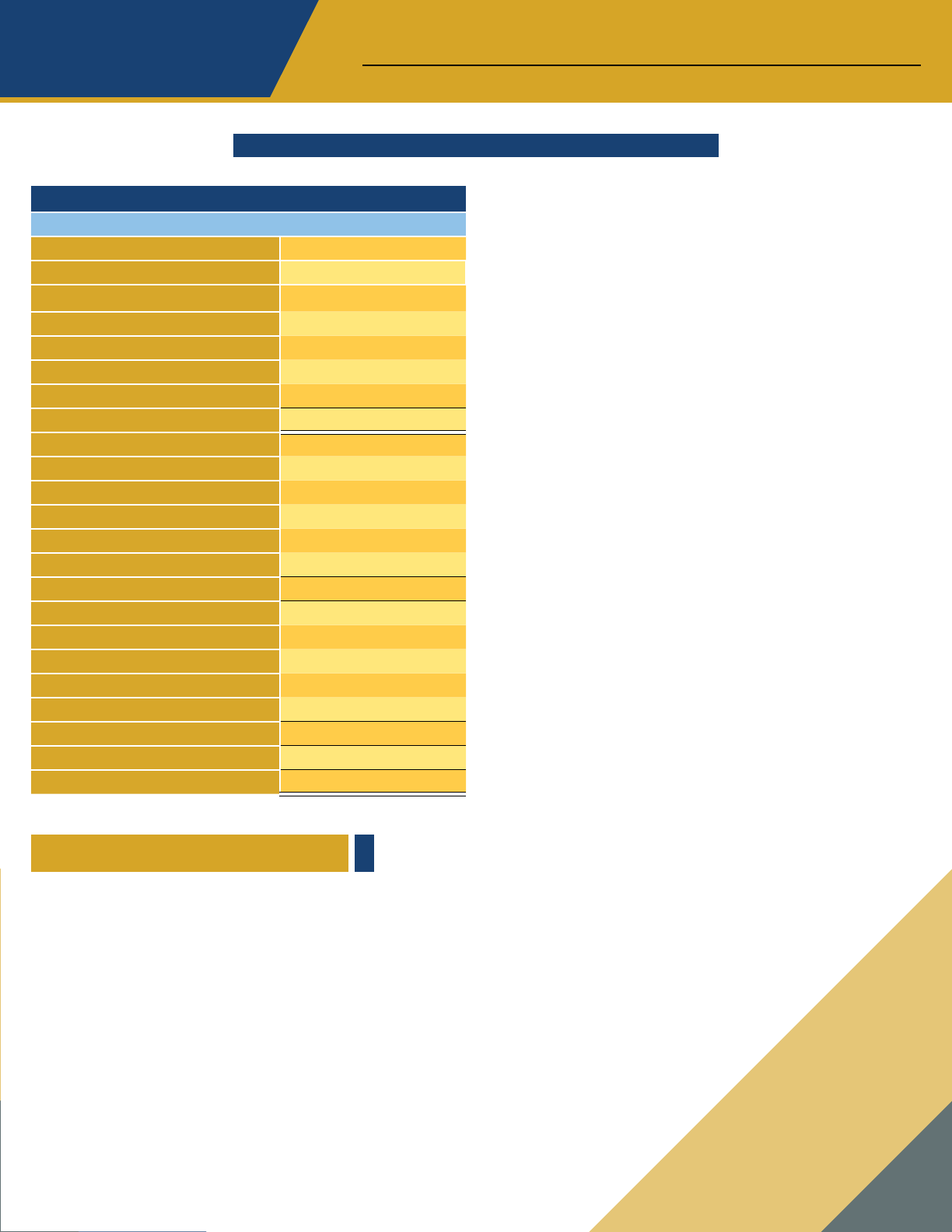
Accounting Cheat Sheet
by John Gillingham, CPA All Rights Reserved
AccounngPlay.com
Apps | Downloads | Books
FINANCIAL STATEMENTS
BALANCE SHEET
As of 12/31/2100
Assets
Cash
Accounts receivable
Allowance for doubul accounts
Equipment
Accumulated depreciaon
Inventory
Total Assets
Liabilies
Accounts payable
Wages payable
Note payable
Dividends payable
Total Liabilies
Equity
Common stock
Treasury stock
Retained earnings
Total Equity
Liabilies + Equity
BALANCE SHEET FEATURES
ASSETS
Current assets To be used within one year of the balance sheet date
or longer, if the operang cycle is greater
Current assets Cash and equivalents, accounts receivable, inventory,
prepaid expenses to be used within a year
Long-term assets Expected benet greater than one year
Examples: property, plant, equipment, intangible assets (copyrights,
trademarks, goodwill)
Accounts receivable (AR) Cash due from customers who have
purchased goods or received services not yet paid for
Inventory Goods for sale or manufacture, valued under GAAP at
lower of cost or market
Prepaid expense Expenses paid in advance, considered an asset unl
used (such as a two year insurance policy)
Accumulated depreciaon | amorzaon The sum of all prior
depreciaon | amorzaon (contra asset) increases with a credit and
osets the value of depreciable assets reported at cost
LIABILITIES
Current liabilies Obligaons due in one year or less
Long-term liabilies Debts owed to creditors, due in more than one
year from the balance sheet date
Accounts payable (AP) Money owed to creditors and vendors
Notes payable Debts owed to banks or other creditors based on
wrien agreements
Accrued expenses Expenses incurred before the end of the
accounng period, but not yet paid for
Deferred revenue Cash received in advance, but not yet
earned
Long-term bonds payable Money borrowed to nance company
operaons, due in more than one year
SHAREHOLDERS’ EQUITY
Common stock Sold to investors for ownership of a
corporaon
Preferred stock Investors receive dividends before common
stockholders and usually do not have vong rights
Addional paid-in capital Investment received by corporaon,
in excess of par value per share (APIC = Issuance price - Par
value)
Par (stated) value Per share amount on stock cercates, also
referred to as legal capital (no relaon to market value)
Retained earnings Sum of all previous prot and losses, less
dividends
Treasury stock Stock repurchased by company
Dividends Corporate prots paid to shareholders from retained
earnings (not an expense)
Balance sheet (statement of nancial posion) shows the
ending balances of assets, liabilies, and equity at the end of the
accounng period
Mechanics Assets always equal liabilies plus equity, (which forms
the accounng equaon)
1,497
400
(90)
200
(40)
-
1,967
-
300
405
-
705
1,010
(175)
427
1,262
1,967
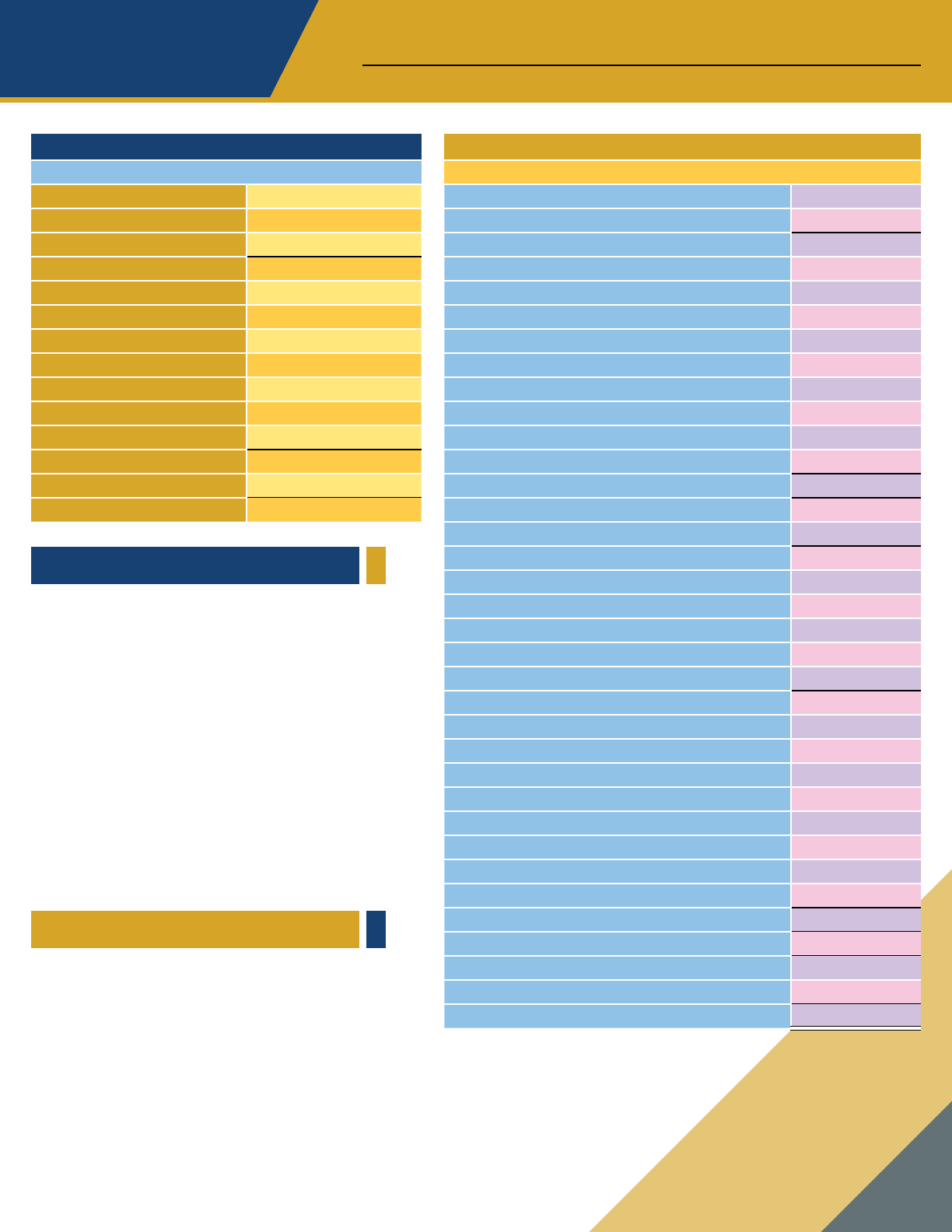
Accounting Cheat Sheet
by John Gillingham, CPA All Rights Reserved
AccounngPlay.com
Apps | Downloads | Books
STATEMENT OF CASH FLOWS FEATURES
Year ended 12/31/2100
Cash ows from operang acvies:
Net income
Adjustments to reconcile cash used for operaons
Depreciaon and amorzaon
Changes in operang assets and liabilies:
Accounts receivable
Inventories
Accounts payable
Allowance for doubul accounts
Accrued expenses
Total adjustments
Net cash used in operang acvies
Cash ows from invesng acvies:
Purchase of property and equipment
Net cash used in invesng acvies
Cash ows from nancing acvies:
Proceeds from notes payable
Proceeds from issuance of common stock
Purchase of treasury stock
Principal on loan payment
Dividend paid
Net cash provided by nancing acvies
Net increase in cash and equivalents
Cash and cash equivalents, beginning
Cash and cash equivalents, ending
INCOME STATEMENT
Year ended 12/31/2100
Income
Revenue
Cost of goods sold
Gross prot
Expense
Bad debt
Depreciaon
Interest
Ulies
Wages
Total Expense
Net Income (Prot)
Income statement (prot and loss) shows the performance
of a business by reporng revenue earned minus expenses
incurred to equal net income or loss (prot or loss)
Mechanics Reports the business acvity for a specic period
of me and results in net income or loss, which gets recorded
to retained earnings at the end of the accounng period
REVENUE AND EXPENSE
Revenue recognion Recognize (book into accounng record)
revenue when it is earned and realizable
Expense recognion Expenses are recognized when incurred,
as goods are used and services received
Net income or loss Revenue minus expenses results in net
income or net loss also referred to as prot or loss
Net income increases retained earnings and net loss
decreases retained earnings
INCOME STATEMENT FEATURES
Statement of cash ows Shows the ow of cash in and out of
the business
Mechanics Starts with beginning cash from the prior period
and reconciles to ending cash in the current period showing
the changes
Usefulness Shows actual changes in cash on a cash basis,
instead of the accrual basis which does not necessarily reect
the ow of cash
Indirect method of preparaon uses the changes in accrual
basis accounts
Direct method of preparaon (uncommon) presents specic
cash ows such as cash received from customers and paid to
suppliers
STATEMENT OF CASH FLOWS FEATURES
930
(10)
920
90
40
5
50
300
485
435
435
40
(400)
10
-
90
300
40
475
(200)
(200)
500
1,000
(175)
(95)
(8)
1,222
1,497
-
1,497
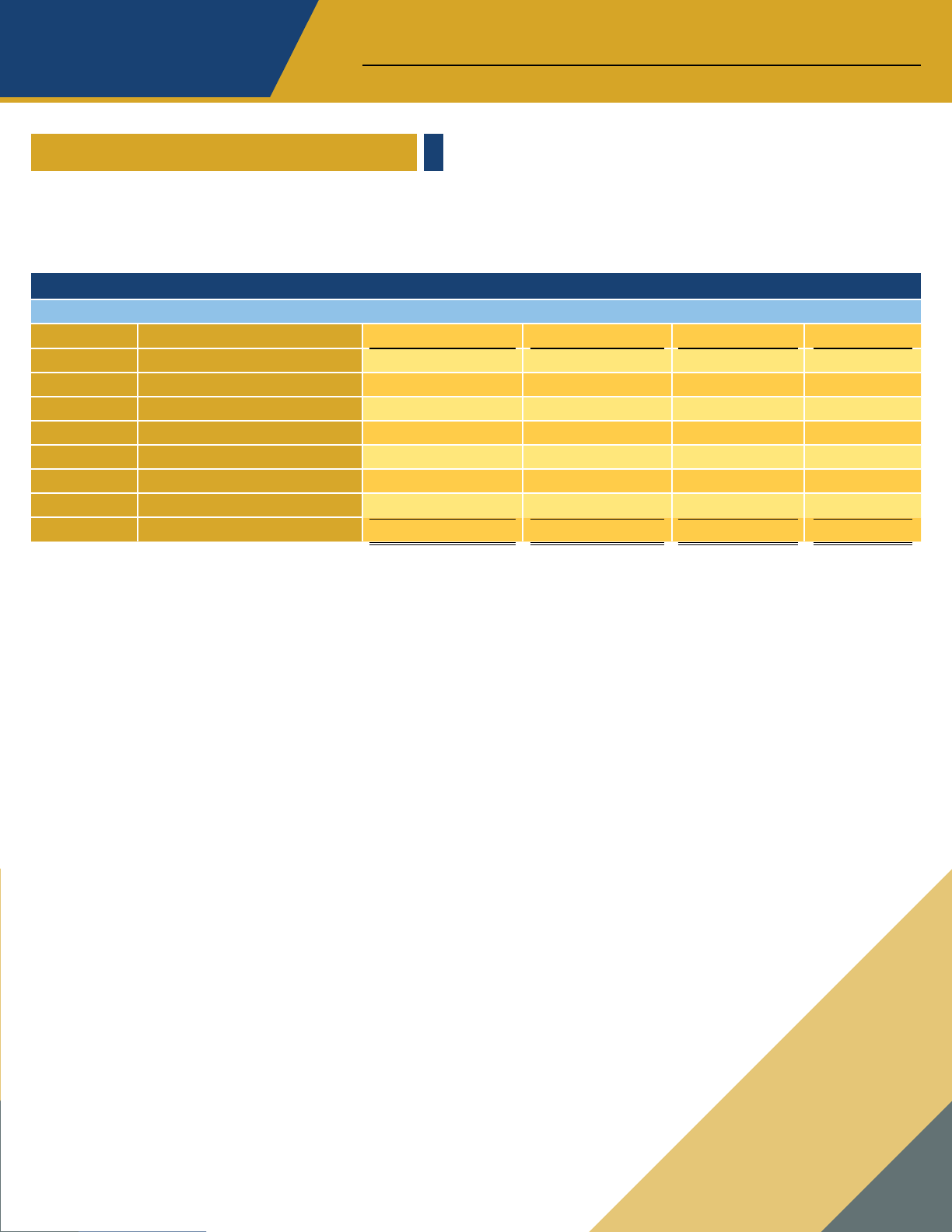
Accounting Cheat Sheet
by John Gillingham, CPA All Rights Reserved
AccounngPlay.com
Apps | Downloads | Books
Statement of owners' equity shows sources of capital (business funding), addional paid in capital and common stock breakdown, changes
in retained earnings, and treasury stock (stock repurchased)
Mechanics The statement starts with beginning balances and reconciles to ending period balance
STATEMENT OF OWNERS’ EQUITY FEATURES
STATEMENT OF OWNERS' EQUITY
As of 12/31/2100
Common stock Retained earnings Treasury stock Total
Balance
December 31, 2099
Net income for 2100
Common stock issued
Treasury stock
Dividends
Balance
December 31, 2100
10
435
1,000
(175)
(8)
1,262
(175)
(175)
435
(8)
427
10
1,000
1,010
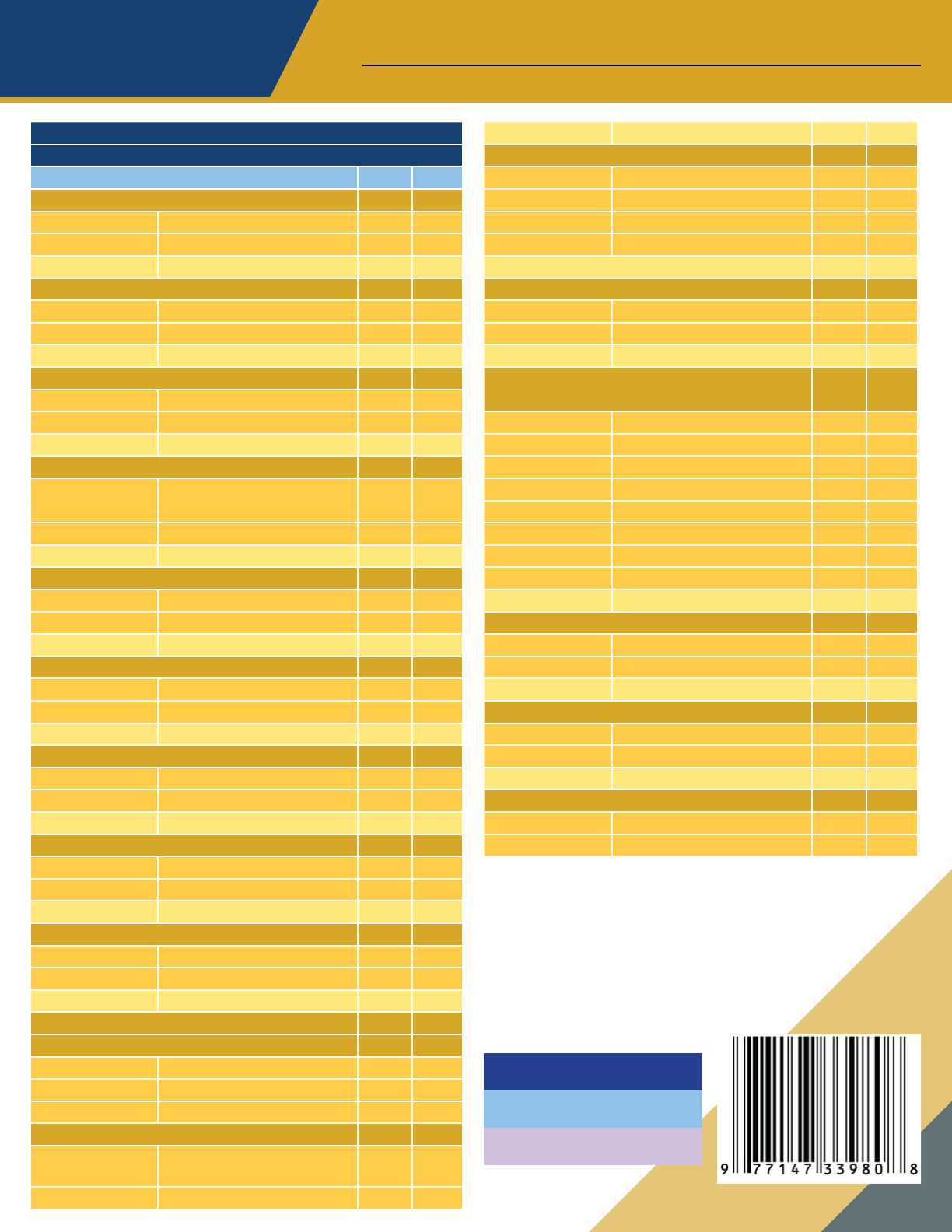
Accounting Cheat Sheet
by John Gillingham, CPA All Rights Reserved
AccounngPlay.com
Apps | Downloads | Books
COMMON JOURNAL ENTRIES
Year ended 12/31/2014
debit credit
Receive 1,000 investment for common stock
Cash
Common stock
Receive $500 loan
Cash
Note payable
Purchase $200 equipment
Equipment
Cash
Make $900 credit sale for services performed
Accounts
receivable
Revenue
Collect $500 credit sale
Cash
Accounts receivable
Establish $90 Allowance for doubul accounts
Bad debt expense
Allowance for doubul
Record ulies expense $50 aer receiving bill
Ulies expense
Accounts payable
Pay ulity company $50 in cash for prior bills
Accounts payable
Cash
Accrue $300 in wage expense
Wage expense
Wages payable
Make $100 payment on note payable with cash:
$5 interest $95 principal
Interest expense
Note payable
Cash
Record $40 of depreciaon expense
Depreciaon
expense
Accumulated depreciaon
Make $30 cash sale, 1 unit, cost $10
Cash
Revenue
Cost of goods sold
Inventory
Repurchase $175 of company stock
Treasury account
Cash
Close out income statement accounts to income
summary
Revenue
Bad debt
Cost of goods sold
Depreciaon
Interest
Ulies
Wages
Income summary
Close income summary to retained earnings
Income summary
Retained earnings
Declare $8 dividend
Retained earnings
Dividends payable
Pay $8 dividend
Dividends payable
Cash
Visit Us At
www.AccounngPlay.com
US $7.99
1,000
500
200
900
500
90
50
50
300
100
1,000
500
200
900
500
90
50
50
300
5
95
40
40
90
10
40
5
50
300
435
8
8
30
10
175
30
10
175
930
435
435
8
8
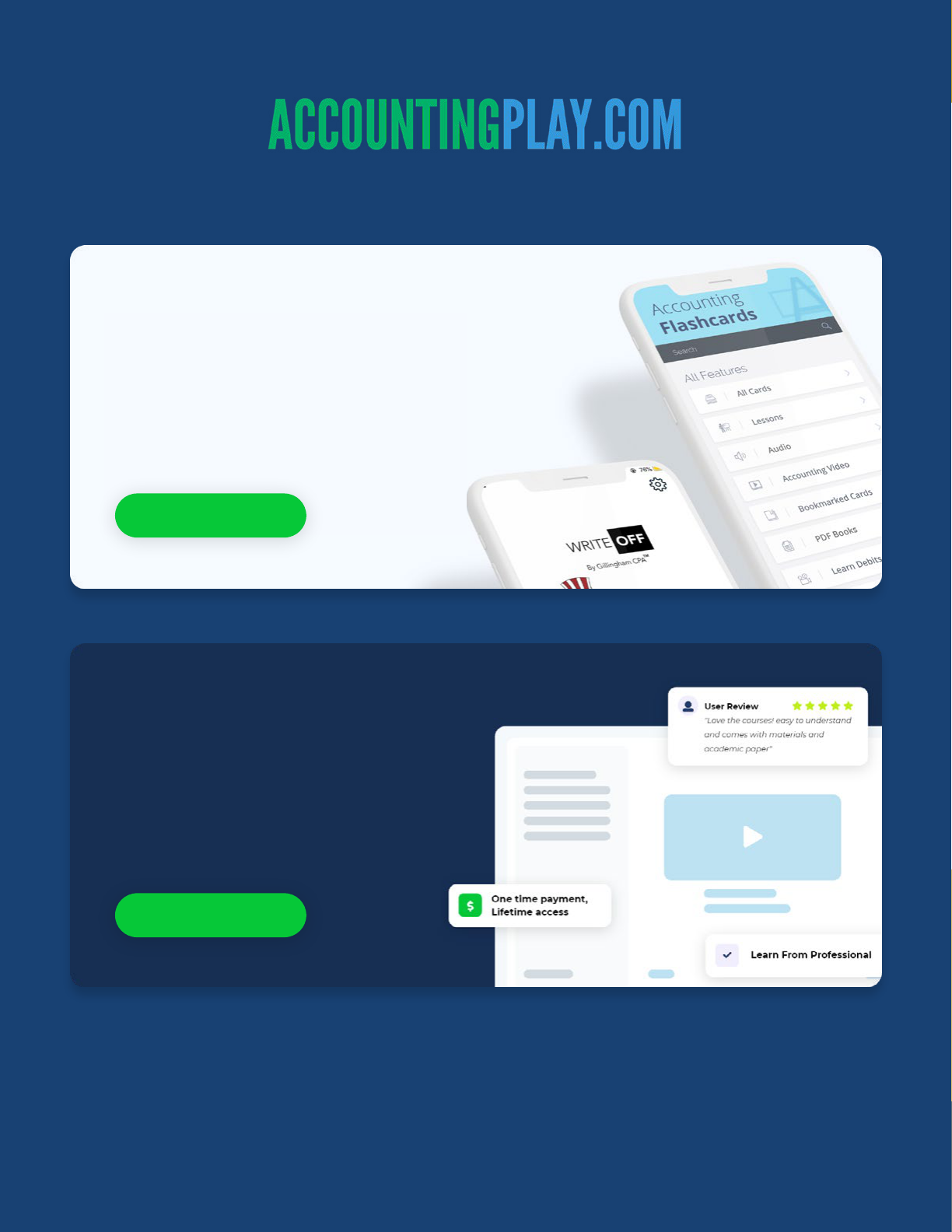
Accounting Cheat Sheet
by John Gillingham, CPA All Rights Reserved
AccounngPlay.com
Apps | Downloads | Books
ACCOUNTINGPLAY APPS
PREMIUM COURSES
Learn Accounting Faster and Easier
One Time Payment. Lifetime Access.
Learn accounting, debits & credits, and tax easier with
ashcards, mobile apps, and games. Learn accounting
anytime and anywhere. AccountingPlay will help you learn
in a fast and fun way. Available on iOS and Android
Learn more comprehensive about debits and credits,
nancial accounting, excel fundamentals, business tax
prep & plan, CPA tax prep, and how start and grow your
business right.
VIEW ALL APPS
VIEW COURSES

